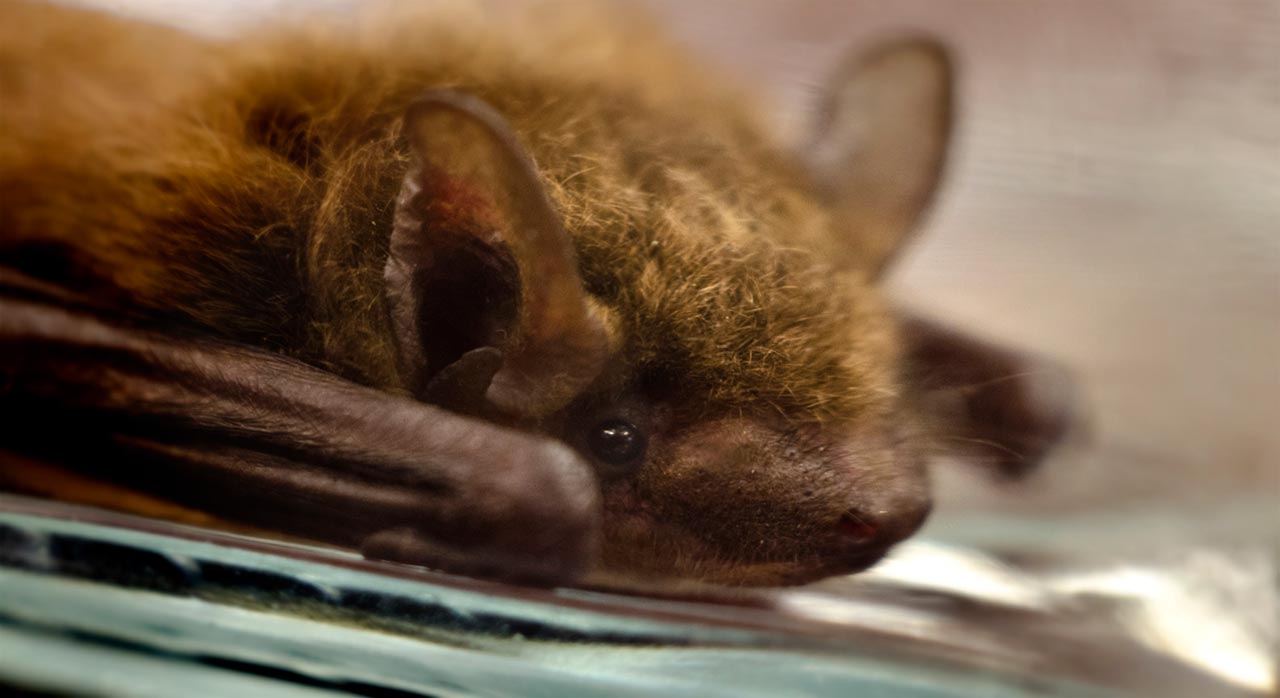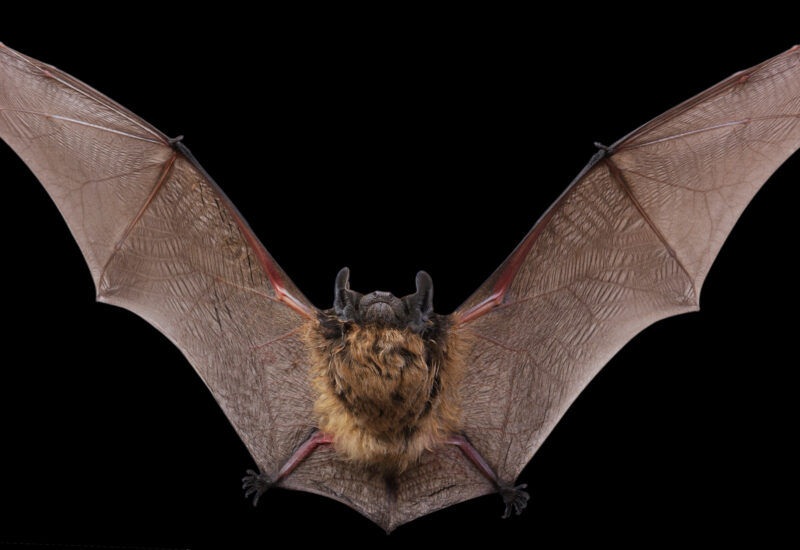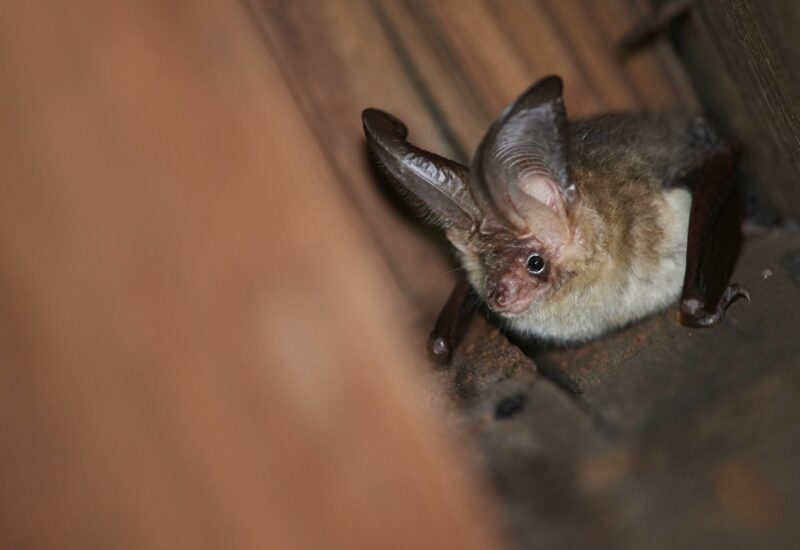Are Bats Mammals?

One of Earth’s Only Flying Mammals, Bats are Amazing Animals — And They Can Help Save Your Crops
Believe it or not, bats are the only flying mammal species.
With over 1,000 different species of bats, they are one of the most unique of flying animals. And, although numerous mammals claim flight, bats are the only mammal that have the purest capability for flight because of their wing structure, which creates for nearly complete mobility.
What Makes a Bat a Mammal?
If your mind went to the fact that birds fly as well, that is correct. However, birds are not mammals.

To be categorized as a mammal, an animal must have five specific characteristics:
-
Hair or fur on their bodies
-
Warm-blooded
-
Give birth to live, somewhat-developed babies
-
Are able to produce milk to feed their young
-
Brains that are larger and more intricate than those of other animals
Bats usually have fur on their heads as well as other parts of their bodies. Though these warm-blooded creatures usually eat small bugs, bats are some of the only known mammals to have species which feed on blood. Their muzzle, ear, fur color, and wing size help to set each species of bat apart from one another.
Bats mate once a year and, depending on the bat species and location, can be anywhere from mid-spring to early fall. The gestation period is also dependent on the bat species and can last anywhere from a few weeks to a few months.
It is typical for bats to give birth to only one pup a year, which is helpful considering the pups can be up to one-third of the size of their mother at birth. The pups rely on their mother’s milk until they are about 2 months old, when they are weaned and learn to forage for themselves.
Though bats are small animals (and therefore have relatively small brains), the complexity of their brains is both unique and undeniable.
Contrary to popular belief, bats are not blind. However, they, like humans, do not see well in the dark. With most bats being nocturnal, it is imperative that they have a way to find their food in the dark.
To help them accomplish this, a special part of the bat brain allows for use of what is known as echolocation. Echolocation involves a bat releasing a sound wave and tracking the sound waves that bounce back (echo) off of the target. This gives the bat the ability to locate the distance between itself and the food it is trying to catch.
Bats and the Ecosystem 
Bats, like many other animals and insects, are an important part of the ecosystem. Bats are known as a natural form of pest control, helpful to gardeners and farmers who rely on them to eat many of the crop-killing insects. Some farmers have even built bat houses to attract bats to their field or orchards for “free labor.”
Furthermore, bats are also useful to farmers for their fertilization and pollination. Bat droppings, called guano, have certain properties that make it ideal to be used as manure for fertilizing crops. Bat droppings are also important in that they help to redistribute seeds.
Bats serve as the sole pollinators for certain species of fruits through the pollination process known as chiropterophily. A bat’s main food source comes from a flower’s nectar and, in turn, allows the flower to develop in fruit.
Some of the fruit species that bats are responsible for pollinating are bananas, mangos, avocados, guava, cocoa (harvested to make chocolate), and agave (harvested to make natural sweeteners and tequila).
Should Humans Fear Bats?
Touching a wild bat without proper training and outerwear can be dangerous, as bats can carry diseases like rabies, but finding one could prove to be a very unique experience. Never approach a bat; let the trained professionals handle that.
We get it — bats seem scary (admittedly some are), but they are known to be more of friends than foes. Bats aren’t known to attack humans, even vampire bats which drink blood, so there’s no need to live in constant fear. Instead, having a healthy respect for this wildlife species will help to keep both you and the bats safe and (hopefully) sound.







